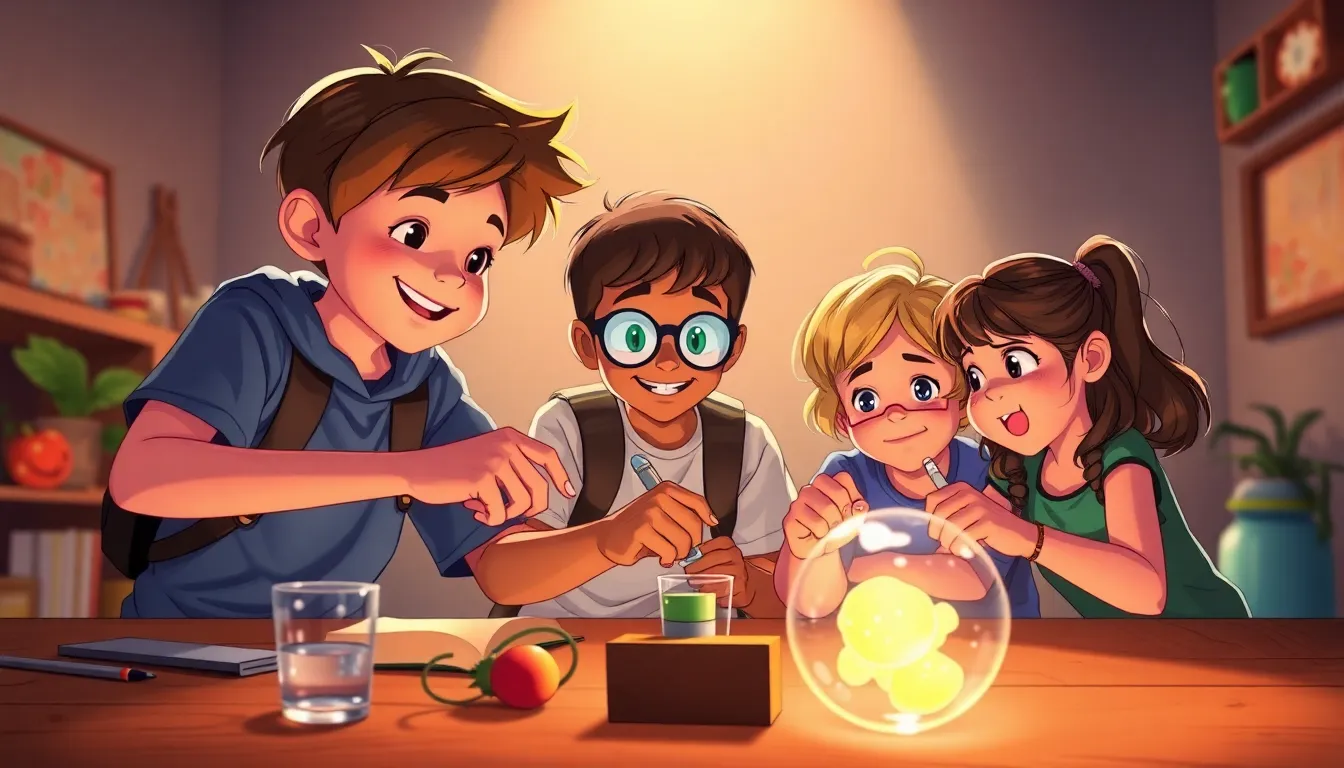
🌈 the Amazing Light Spectrum
Introduction
Light is everywhere – it helps us see the world, makes plants grow, and even lets us watch our favorite cartoons. But did you know that the white light we see is actually a secret mix of many colors? In this guide we’ll explore the Light Spectrum, learn new words, try a simple experiment, and discover why colors appear the way they do.
1. What Is Light?
Light is a form of Energy that travels in tiny packets called Photons. When photons move fast enough, they become visible to our eyes.
- Wavelength – the distance between two peaks of a light wave. Shorter wavelengths make blue‑violet light; longer wavelengths make red light.
- Refraction – the bending of light when it passes from one material (like air) into another (like water or glass).
Cause & Effect: When light hits a prism, refraction separates the mixed photons into individual colors because each wavelength bends a different amount.
2. the Rainbow of Colors – the Spectrum
If you shine a flashlight through a glass prism, you’ll see a tiny rainbow. That rainbow is the Visible Spectrum, the part of light we can see. It runs in this order:
Red → Orange → Yellow → Green → Blue → Indigo → Violet
(A handy way to remember: Roy Gbiv.)
Did You Know?
- Sunlight is white because it contains All the colors of the spectrum mixed together.
- Some animals, like bees, can see ultraviolet light, a color beyond violet that humans can’t see.
3. How We See Colors – the Science Behind the Magic
Our eyes have special cells called Cones. There are three types of cones, each tuned to detect red, green, or blue wavelengths.
- When a red photon hits a red‑cone, it sends a signal to the brain that says “red!”
- Most objects reflect a mix of wavelengths, so the brain combines the cone signals to create the colors we perceive.
Cause & Effect: A green leaf looks green because it reflects mostly green wavelengths and absorbs the others. The absorbed light turns into heat, helping the leaf stay warm enough for photosynthesis.
4. Everyday Examples of the Spectrum
| Situation | What Happens? | Spectrum in Action |
|---|---|---|
| Rainbow After Rain | Sunlight passes through water droplets | Each droplet refracts and reflects light, spreading the colors |
| Soap Bubbles | Thin film of soap bends light | Interference creates shimmering rainbow patches |
| Cd Or Dvd | Light reflects off tiny grooves | The grooves act like a tiny prism, showing a rainbow when you tilt the disc |
Mini Quiz & Hands‑on Experiment
Quiz (circle the Correct Answer)
- The color with the Shortest Wavelength is:
a) Red b) Green c) Violet - Refraction is the bending of light when it moves Into A Different Material. True / False
- Our eyes have Four types of cones. True / False
Simple Spectrum Experiment
What You Need:
- A clear glass prism (or a plastic water bottle)
- A flashlight or a sunny window
- White paper
Steps:
- Darken the room a little and place the white paper on a flat surface.
- Shine the flashlight through the prism (or hold the water bottle at an angle to the sun).
- Watch the light spread into a rainbow on the paper.
What’s Happening? The prism bends each wavelength a different amount, separating the mixed light into the spectrum we just learned about.
Try It! Change the angle of the prism and see how the rainbow moves. Can you find the order of the